Feminism is, in a word, contested. Is it intersectional? Anticolonial? Does it include transgender women? Attempting a definition that includes everything that the movement is and has been is a losing game. For Sophie Lewis, the goal isn’t so much defining feminism as it is recognizing when a feminist is doing harm.
On Wednesday evening, a group of around 60 New School students, faculty, and community members gathered to hear about a history of feminists whom Lewis describes as “misogynistic and patriarchal” in their latest book, Enemy Feminisms.
Lewis themself is a New School alum, having received their master’s degree in politics from the New School for Social Research in 2013. They currently teach at the Center for Research in Feminist, Queer and Transgender Studies at the University of Pennsylvania and the Brooklyn Institute for Social Research. Their talk at The New School was the third stop on their book tour for Enemy Feminisms, which concludes on April 8 at Rowan University.
Enemy Feminisms was released February 18, coming less than three years after Lewis’s last book, Abolish the Family, argued for ending the nuclear family in favor of extended, non-blood kin networks. In their newest release, Lewis has turned their radical, anti-fascist attention to women’s liberation. Enemy Feminisms is an unmasking of feminism — an exploration of how racism, colonialism, homophobia, femmephobia, and cissexism have been baked into feminism from the start.
Speaking to the audience assembled in Albert and Vera List Academic Center’s Wolff Conference Room, Lewis began by tracing the historic precursors to our modern girlboss feminists. This disturbing timeline included the transformation of suffragettes into fascists during Britain’s interwar period, women KKK members allying themselves with radical feminists throughout the 20th century, and the counterrevolutionary birth of TERFism during the 1970s.
Lewis stressed the importance of recognizing these controversial women as feminists: “Sometimes a feminist is a feminist even though she dedicates her time to the dispossession and ostracism of a group of women,” Lewis said. Although one may be tempted to label these women as merely ‘weaponizing’ or ‘co-opting’ feminism for decidedly un-feminist aims, the reality is that these forms of feminism have been as foundational to Western feminism as our traditional woman heroes. “If they were not really feminis[ts] then I don’t think it works to call Mary Wollstonecraft or Susan B. Anthony feminists either,” Lewis said. “I think you get to have it one way or the other, and … it doesn’t work otherwise.”
As uncomfortable as these destabilizing truths about feminism are to sit with, Lewis argues that their consideration is critical to realizing a more complete feminism. “As an antifascist strategy question, the hesitation and confusion … that comes about through the inability to think [of] something like an enemy feminism has disarmed us,” they said.
Lewis was joined by Natasha Lennard, the associate director for the Creative Publishing and Critical Journalism (CPCJ) master’s program at TNS. Lennard kicked off the Q&A session by asking whether there are limits to what can be called feminism within Lewis’s expanded view, or if drawing such lines is just semantics.
The audience brought an earnest intensity to the Q&A, questioning how to make peace with Lewis’s reading of feminism. Multiple attendees were particularly concerned with defining feminism as Lewis sees it. But overall, the crowd seemed to feel that Lewis’s account of the movement was optimistic. “[The idea of] taking all strands of feminism into one messy history makes me think that we should be more forgiving, inclusive, and exist with multiplicity with all leftist struggles,” Rayna Salam said, a CPCJ master’s student.
Enemy Feminisms is available now through Haymarket Books.

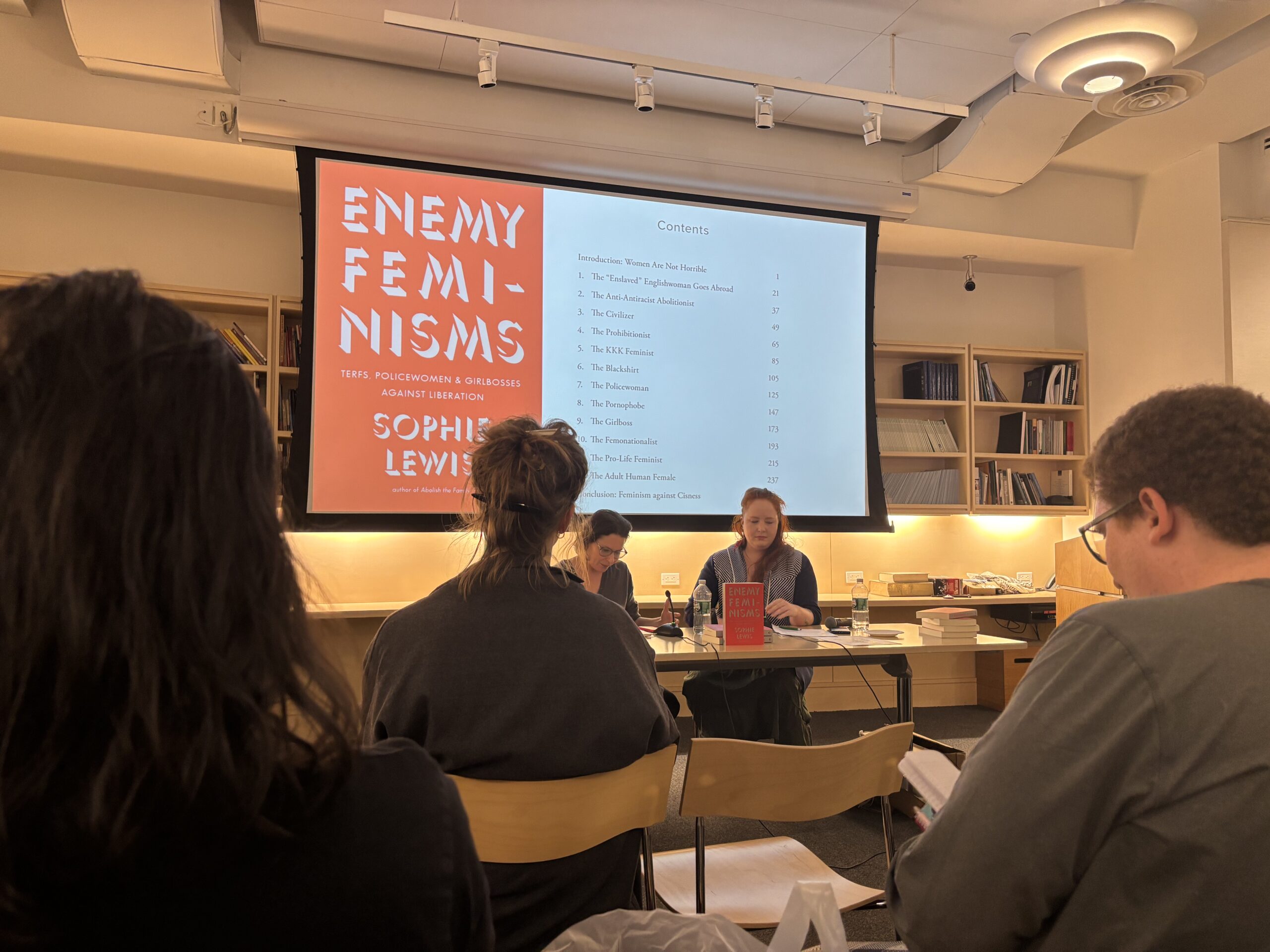
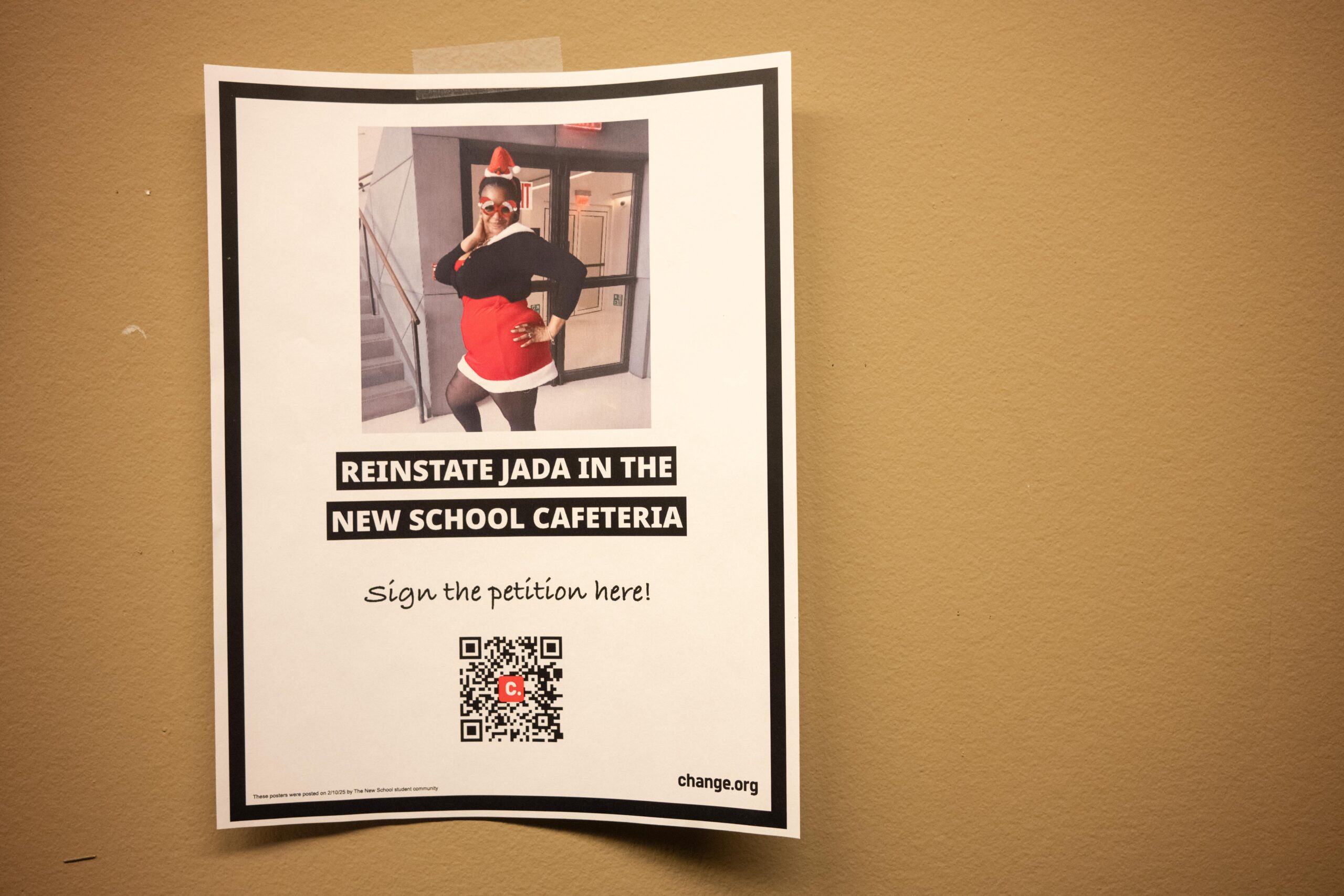
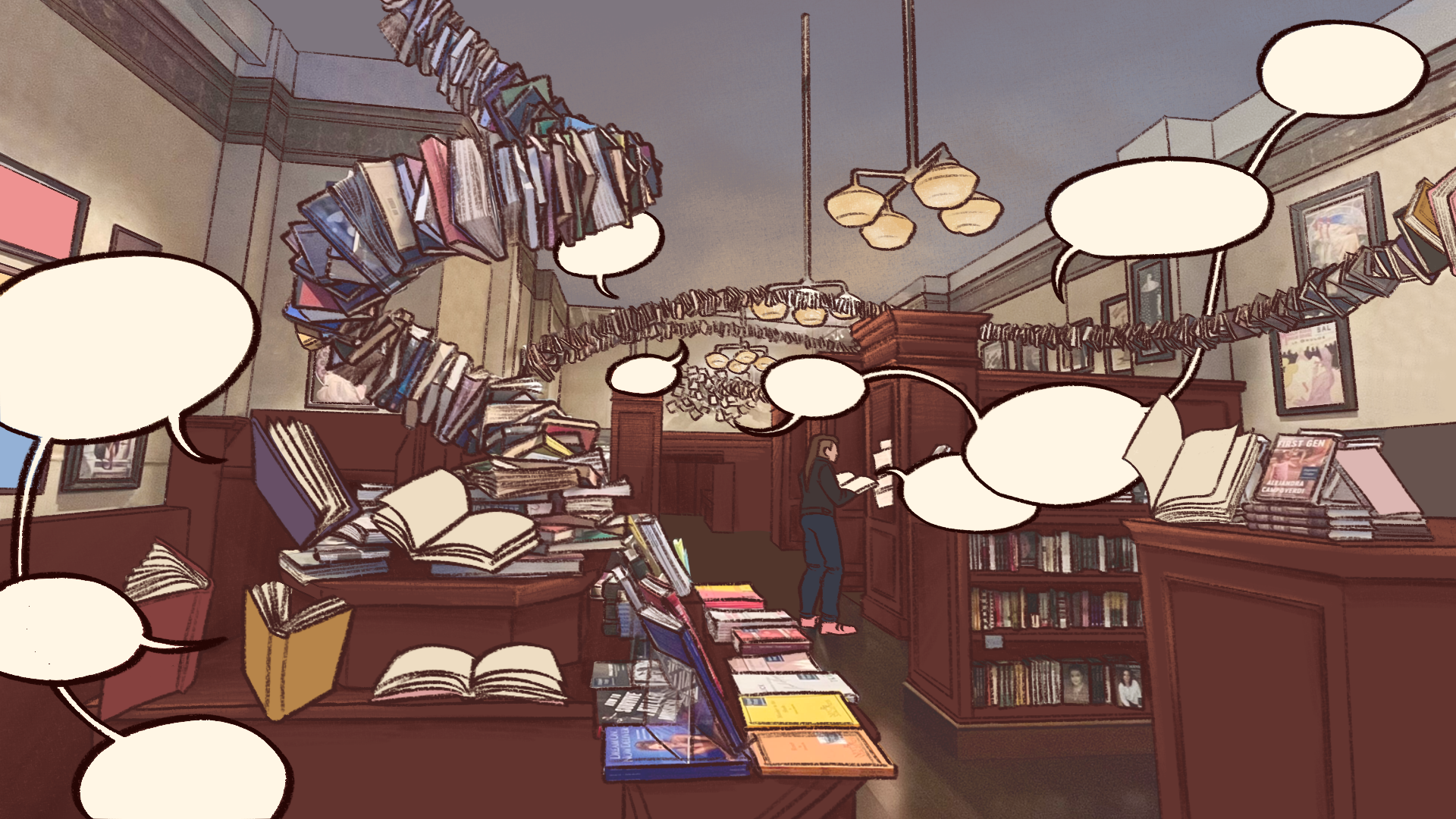

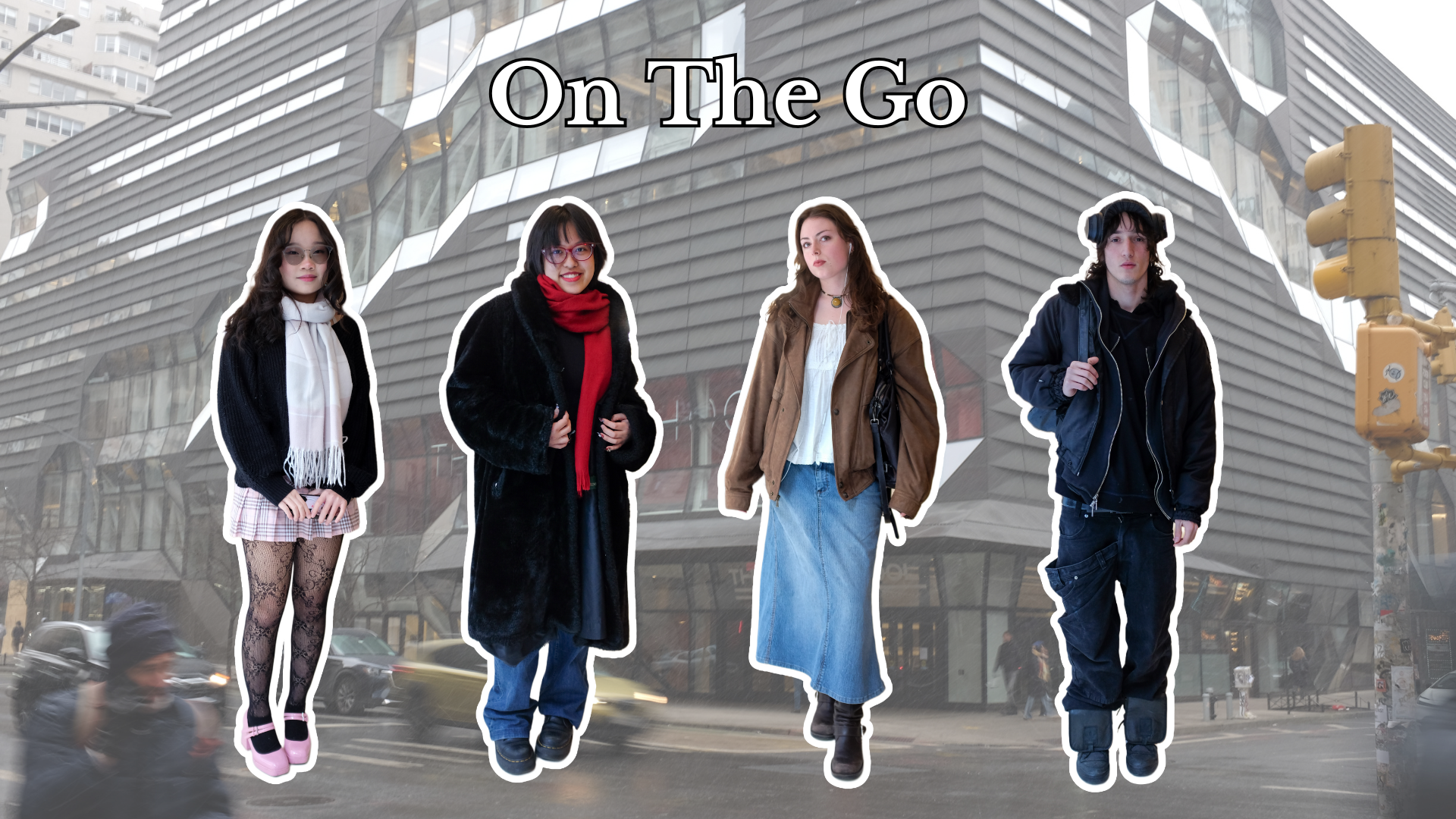
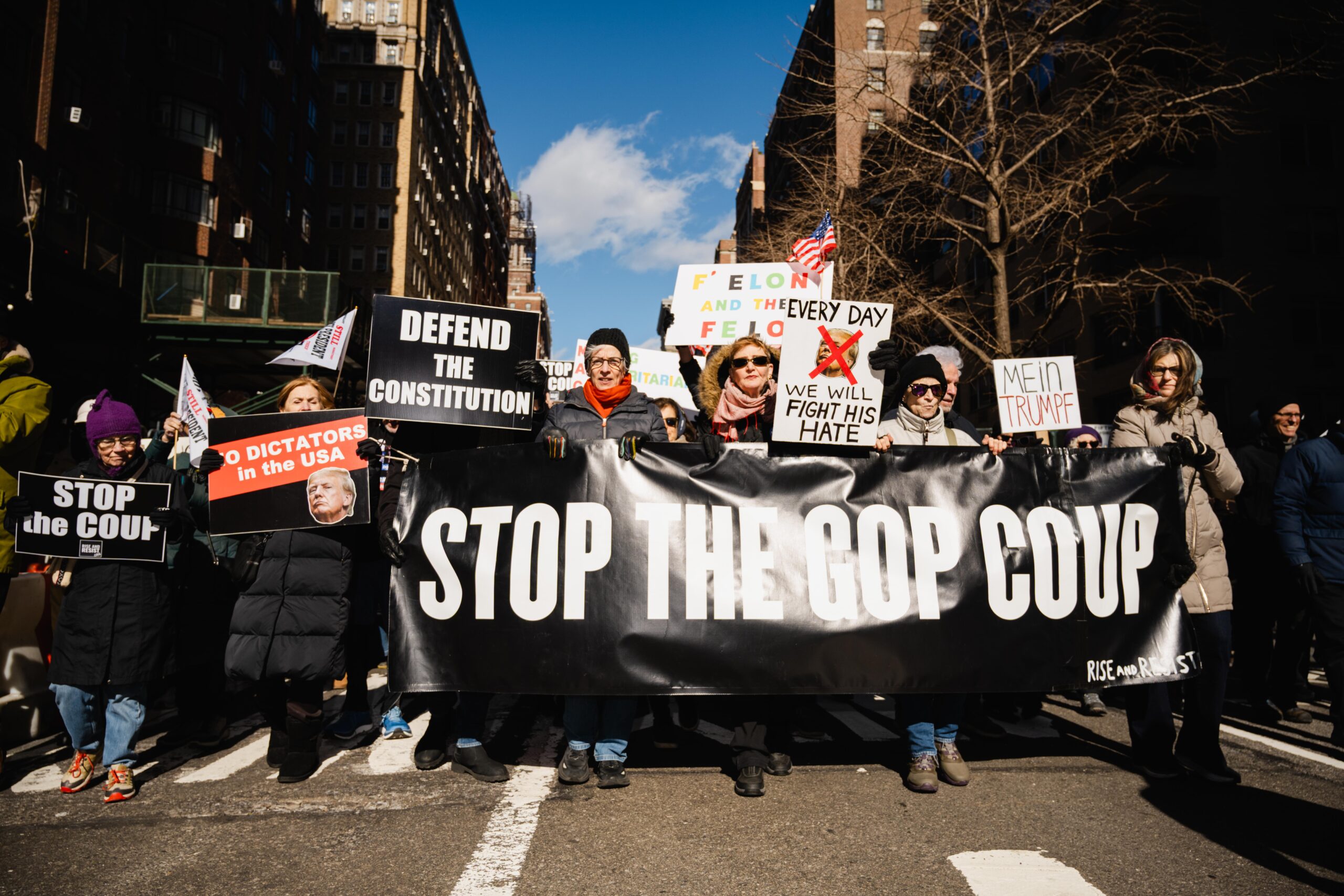
Leave a Reply